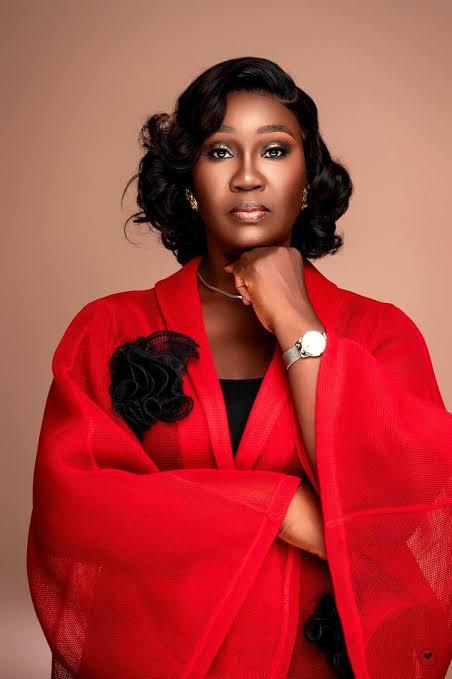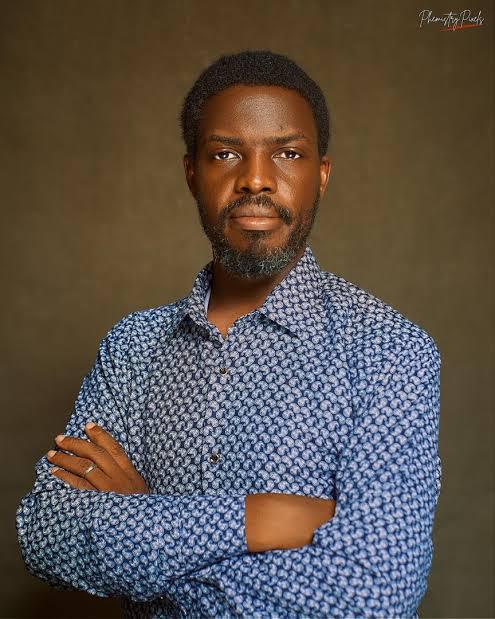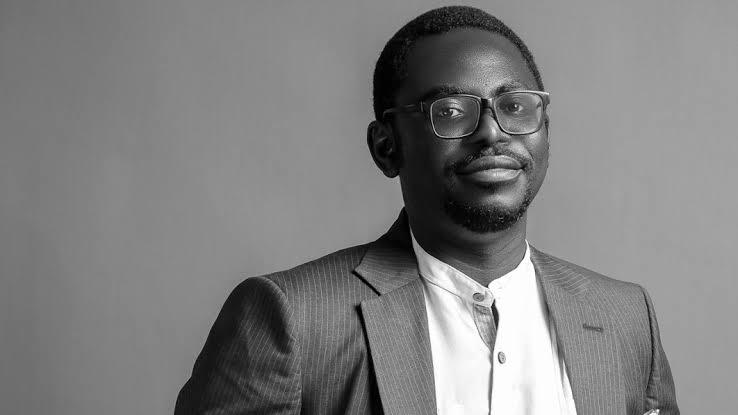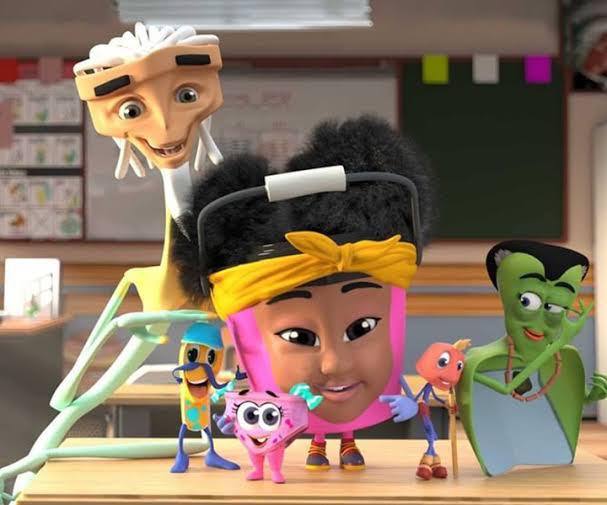“What does it take to make history in a country where animation was once dismissed as “too foreign” or “too ambitious”?
For the team behind Lady Buckit and the Motley Mopsters (LBMM), the answer was simple, courage, creativity, and a stubborn belief that Nigerian stories deserve to be told in every medium, including animation.
When Lady Buckit and the Motley Mopsters premiered in December 2020, Nollywood didn’t just witness another film release.
It witnessed a breakthrough, Nigeria’s first full-length animated feature film.
But behind the bright colors and groundbreaking visuals were the creators, writers, directors, and animators who dared to dream big and rewrite Nigeria’s place in global animation.
This is their story.
The Visionary Behind the Dream –Blessing Amidu
Behind Lady Buckit and the Motley Mopsters stands Blessing Amidu, the executive producer whose vision fueled the project.

For her, the film was more than just entertainment, it was about giving Nigerian children a mirror to see their stories, accents, and culture celebrated on the big screen.
Through her studio, Hot Ticket Productions, she took on the ambitious task of creating Nigeria’s first full-length animated film.
With no clear roadmap to follow, Blessing relied on faith, resilience, and a dedicated team of creatives to bring the dream to life.
Turning Stories into Magic – Adebisi Adetayo
No animation thrives without a compelling story, and for LBMM, that foundation was laid by Adebisi Adetayo.
She wove a script that married fantasy with meaningful life lessons.
Set in 1950s colonial Nigeria, the narrative follows Bukky, a curious young girl whose life changes when she stumbles into a magical world inhabited by the whimsical Motley Mopsters.

Adebisi’s storytelling not only captivated audiences but also preserved elements of Nigerian history and values in a way children could connect with and cherish.
Directing Nigeria’s Animation History – Niyi Akinmolayan
To breathe life into the story, the team turned to Niyi Akinmolayan, one of Nollywood’s most inventive directors and founder of Anthill Studios.
Famous for hits like The Wedding Party and The Arbitration, Niyi brought not just his cinematic eye but also a structure that merged Nollywood’s unique storytelling with world-class animation techniques.
His guidance gave Lady Buckit and the Motley Mopsters (LBMM) both credibility and polish, showing the world that Nigerian animation could hold its own on the global stage.

The Animators – Bringing Lady Buckit to Life
Creating animation is a frame-by-frame labor of love, and for Nigeria’s first animated film, more than 40 young Nigerian animators made history.
Many of them tackling a feature-length film for the very first time.From character sketches to 3D modeling, rigging, and dazzling visual effects, they carried the weight of turning imagination into reality.
But for these young creatives, it wasn’t just another project, it was a chance to prove that Nigeria’s talent, when given space to thrive, could rival the best anywhere in the world.

The Voices Behind Lady Buckit and the Motley Mopsters
One of the things that brought LBMM to life was its rich Nigerian voice cast. The film features:
- Patrick Doyle as Papa Bukky
- Bimbo Akintola as Mama Mopster
- Kalu Ikeagwu as Grandpa
- Cassandra Odita as Bukky (Lady Buckit)
- Bola Edwards as Moppsy
Each actor infused their role with heart, humor, and authenticity, making the characters not only memorable but also deeply relatable to Nigerian audiences.
Beyond the Film – The LBMM Animated Series
The success of Lady Buckit and the Motley Mopsters didn’t just end with the feature film.
It sparked an expansion into a television series, taking Bukky’s adventures further.
In the series, viewers follow Bukky and her quirky Mopster friends as they navigate lessons on courage, responsibility, teamwork, and friendship, all wrapped in fun, imaginative stories.
This continuity was more than just entertainment.
It created a universe where Nigerian children could grow with characters that mirrored their identities, proving that LBMM wasn’t just a film but a cultural blueprint for the future of African animation.